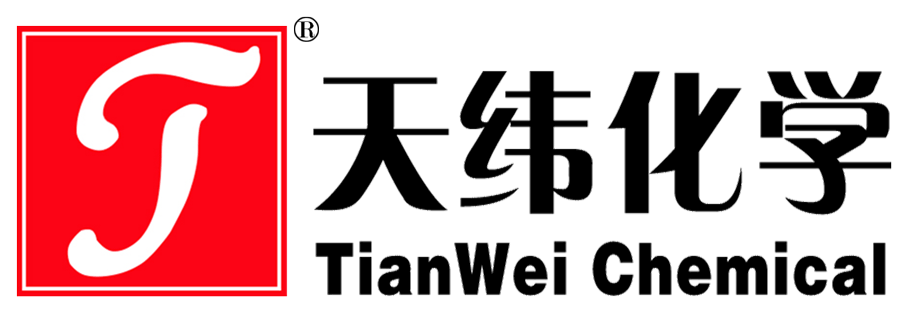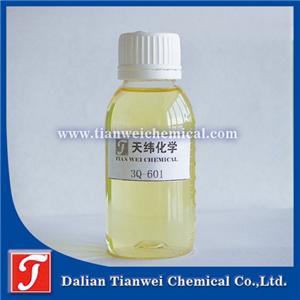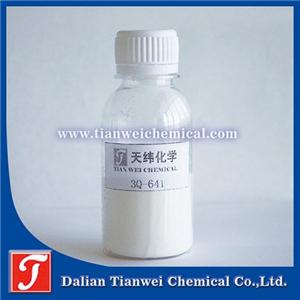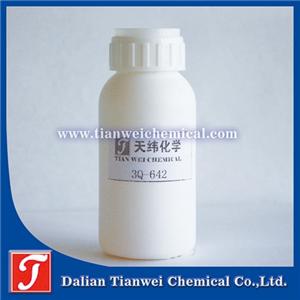Analysis of the Types and Application Depth of Marine Antifouling Agents
Marine anti-fouling agents protect ships, offshore platforms, aquaculture cages and other facilities from biological fouling by inhibiting or killing the attachment of Marine organisms such as barnacles, algae and shellfish. Its core value lies in:
Reduce operating costs: Reduce ship resistance and lower fuel consumption;
Extend the service life of facilities: Prevent corrosion and mechanical damage caused by fouling organisms;
Ensure equipment efficiency: Maintain the normal operation of seawater cooling systems, sensors and other equipment.
The main types and characteristics of Marine antifouling agents
According to the mechanism of action and composition, Marine antifouling agents can be classified into the following categories:
The type represents the mechanism of action of components, with advantages and limitations
Organotin tributyltin (TBT) interferes with the biological nervous system, inhibits attachment and growth efficiently and persistently, and is highly toxic to Marine ecology. It has been banned worldwide
Cuprous oxide type cuprous oxide (Cu₂O) releases copper ions, inhibits biological metabolism, has low cost and significant anti-pollution effect. The accumulation of copper ions pollutes the environment and is facing the pressure of substitution
Organic azeotropes such as zinc pyrithione (ZPT) and isothiazolinone interfere with the function of biological cell membranes and inhibit the attachment of broad-spectrum antibacterial and low-toxicity components, which may have potential effects on non-target organisms
Natural extracts such as capsaicin, chitosan, and plant essential oils can disrupt the biological perception system or physical barrier, inhibit adhesion, are environmentally friendly, degradable, and have a relatively short anti-fouling effect, so they need to be used in combination
Nanomaterials such as nano-zinc oxide and nano-titanium dioxide photocatalyze the generation of reactive oxygen species, which destroy the structure of biological cells. Or it can suppress adhesion through physical action, which is highly efficient, environmentally friendly and multi-functional. The preparation process is complex and the cost is relatively high
Self-polishing resin-based zinc silane acrylate copolymer resin slowly hydrolyzes in seawater, continuously releasing anti-fouling agents while maintaining a smooth surface. The anti-fouling period is long, but the cost of surface self-renewal is relatively high, relying on a specific resin system
The application fields of Marine antifouling agents
Ship and Ocean Engineering
Ships: Anti-fouling coatings for the bottom of ships are the main application scenarios, and it is necessary to balance the anti-fouling effect, environmental friendliness and economy. For instance, ocean-going vessels mostly use cuprous oxide-based anti-fouling coatings, while offshore vessels are gradually shifting to environmentally friendly anti-fouling agents.
Offshore platforms: They are constantly immersed in seawater and require the use of long-lasting anti-fouling agents (such as self-polishing resins) to prevent corrosion and biological adhesion.
Marine aquaculture
Aquaculture cages: Use natural extract anti-fouling agents (such as capsaicin) or low-toxicity organic azeotrope substances to reduce the impact on farmed organisms.
Fishing nets: Modified coatings with nanomaterials are adopted to extend the service life of fishing nets and reduce maintenance costs.
Energy and Infrastructure
Offshore wind power: The foundation and cables of wind turbines need to be treated for pollution prevention to prevent biological adhesion from affecting power generation efficiency and equipment safety.
Seawater desalination and cooling system: Prevent pipe and heat exchanger blockage to ensure the efficient operation of the system.




